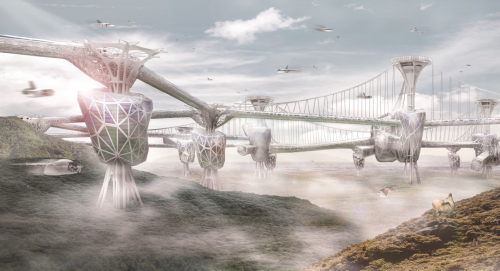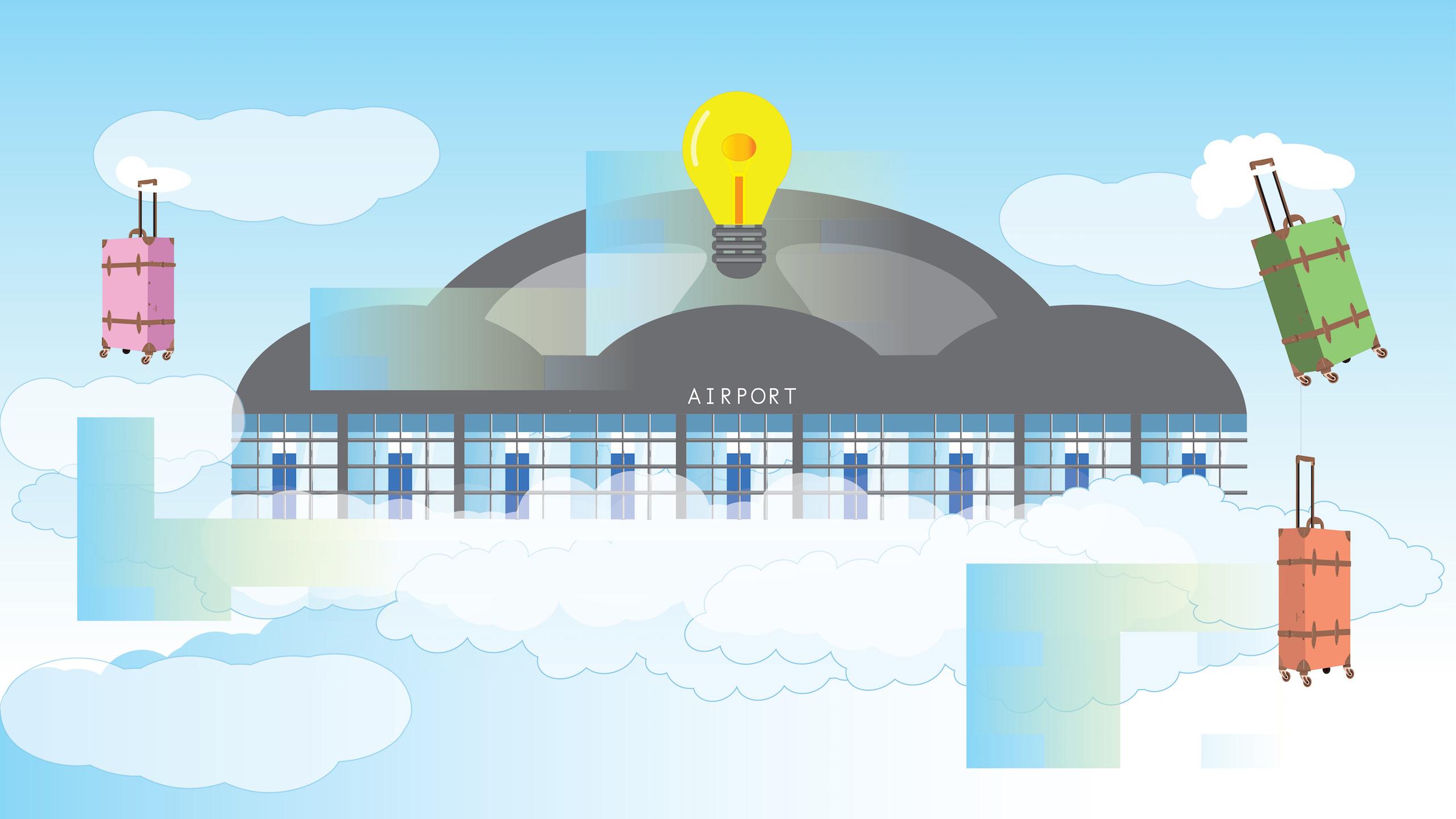By Aaliyah Dasoo
Recent Ryerson architecture graduates Ted Bulaclac and Eric Jung’s project, titled “Head in the Clouds,” has been shortlisted for the 2020 Fentress Global Challenge.
Fentress Architects is an international design firm, known for their pursuit of sustainable architecture. Since 2011, the firm has held the annual Fentress Global Challenge, an opportunity for students all over the world to put forward their best work in “innovative design in public architecture.”
This year, students were challenged to redesign airport terminals for the year 2100.
Bulaclac and Jung graduated in the spring, but first heard about the competition back in January. It was early in their advanced architecture studio course when they decided an airport redesign was what they wanted to work on.
“We would research different competitions in the initial stage, [and find] what interests us. So for us, we found that airports and infrastructure architecture was something that really interested us,” said Jung.
The two worked on design development of their project until they received their final grade at the end of the school year. Competition entries weren’t due until late summer, so the pair had some time to think about the possibility of submitting to Fentress. In August, they decided it was worth a shot.
Contestants were able to choose from 20 different airports all over the world. Bulaclac and Jung chose South Korea because of their interest in the country’s culture.
“Nature was really a big aspect in terms of inspiration,” said Bulaclac. “We wanted to create a new airport that would respect the site [and] would regenerate nature, and then build on top of that.”
As written on their final competition submission, “Head in the Clouds” features “a significant reduction in the need [for] physical passports and security procedures” which leads to a more efficient circulation of travellers throughout the airport. It also aims to bring air travel closer to public transportation, opening up the opportunity for urban planners to integrate aviation into a city more smoothly.
Jung and Bulaclac were careful during the design process, aiming to avoid adding further crowding to South Korea’s dense cityscapes as well as minimizing land use. For this reason, planes in their design land vertically, leading to what Jung describes as a way to create a “second” or “floating city.”
“So that starts to get us thinking, maybe we just need a central core for airplanes to land. And all those unused taxiways and runways now are going to be transformed to potential greenery areas. And what if they just elevate everything so that it deals with the urban density issues, [since] people don’t really have areas to expand?” said Jung.
Their redesign of the airport terminal is three times taller than the CN Tower, which is where the name of the project comes from. “[It’s like] you’re daydreaming, as per what ‘Head in the Clouds’ means,” said Bulaclac.

The airport operates on a hexagonal capsule system. This allows runways and taxiways to take up space without disturbing forestry that would otherwise be torn down for development.
Jung explained that they envisioned a way to expand future cities, not just an airport. “The boundary between civilization and the airport is becoming really integrated, and….kind of getting blurred. [That’s] how we’re imagining the future of airports,” Jung continued.
“Head In the Clouds” also uses solar panels to generate energy for the airport, which would be kept in the airport’s clean energy storage units and released through its distribution systems as needed.
The pair said that they weren’t anticipating being shortlisted given the global scale of the competition, but were pretty excited when they received the email confirmation earlier this month.
“I saw the other submissions and they’re really strong,” said Bulaclac. “I’m not expecting anything, but I’m still hopeful.”
Entries will be judged on the basis of sustainability and resiliency while tackling one of the following factors of an airport: mobility, urbanization, globalization, technology, flexibility, security, project feasibility or passenger experience.
The shortlist will be judged virtually by a jury of well-known airport architects, directors, planners, and academics. Competition winners will be announced in October.










Leave a Reply